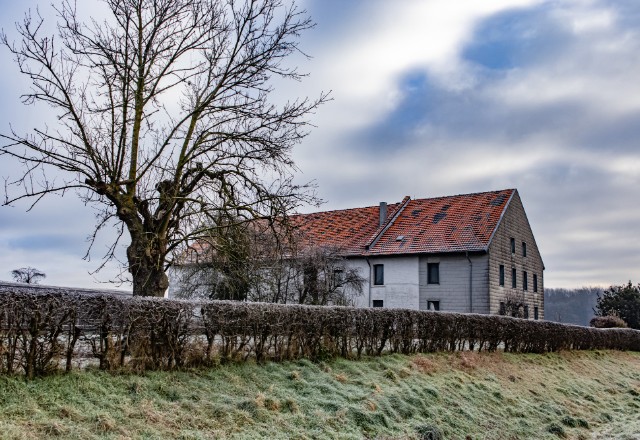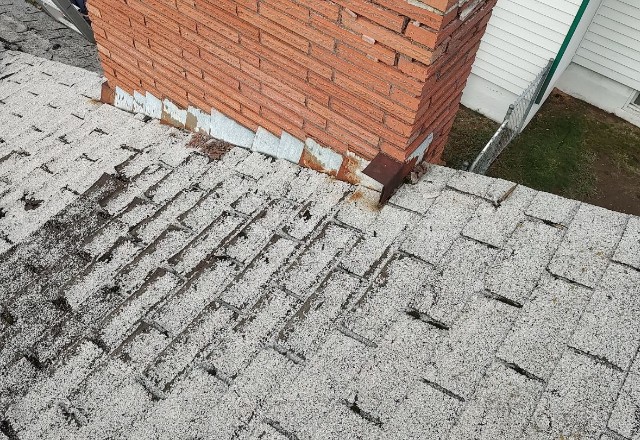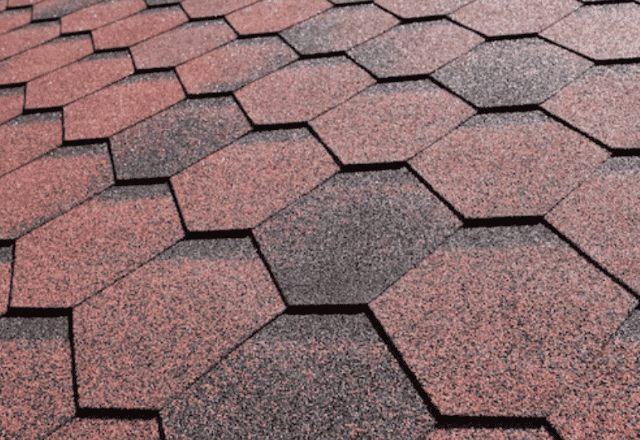Over time, even the highest quality roof shingles can experience granular loss – the gradual shedding of the protective mineral granules that coat the surface. Left unchecked, this granule loss can lead to more severe roofing damage and expensive repairs down the line.
If you’ve noticed excessive granules accumulating in your gutters or bare, bald spots forming on your roof, it’s crucial to address the issue promptly. This guide will walk you through identifying signs of granular loss, understanding its root causes, and most importantly, how to repair granular loss on your roof safely and effectively.
Signs of Granular Loss
One of the first indicators of granule loss is an excessive amount of loose granules or sand-like particles accumulating in your gutters or around the base of your downspouts. It’s normal for a new roof to shed some extra surface granules initially, but if this shedding continues for an extended period, it could signify a larger problem.
Visual Cues to Watch For
Another clear sign is visible bare or thin spots on your roof where the protective granule coating has worn away, exposing the asphalt underlayer. These bald spots appear darker in color and stand out against the surrounding shingle areas.
You may also notice your roof’s overall color looking faded or inconsistent due to uneven granule loss across different sections.
Over time, the effects of UV exposure and weather conditions like rain, hail, snow and ice buildup can further deteriorate these bare spots, leaving the underlayer vulnerable. Unless repaired, granular loss areas are at high risk of:
- Accelerated shingle aging and cracking
- Water damage and leaks
- Structural damage from moisture intrusion
- Compromised insulation and energy inefficiency
When to Call a Professional
While some minor, isolated granular loss may be repairable through DIY methods, it’s best to have a professional roofing contractor evaluate and quote any significant or widespread granule shedding issues. Extensive repairs and full roof replacements are jobs better left to experienced roofers with proper safety equipment and warranties.

Causes of Granular Loss
There are several potential causes behind granule loss on asphalt shingle roofs:
Material Defects
- Manufacturing flaws or poor quality shingles
- Improper installation leading to premature wear
- Inadequate adhesion of granules to shingle surface
Environmental Factors
- Intense UV radiation and heat deterioration
- Severe weather (hail, ice, heavy storms)
- High winds dislodging granules
- Freeze/thaw cycles
- Prolonged moisture exposure
Age and Wear
- Normal aging process of shingles (typically 15-30 year lifespan)
- Heavy environmental stress over time
- Deterioration of asphalt sealant binding granules
Preventing Future Granular Loss
While some level of granule shedding over a roof’s lifetime is unavoidable, there are steps you can take to minimize premature loss:
Prevention Strategy | Description |
Proper Installation | Ensure shingles are installed per manufacturer specs with adequate adhesive |
Use Quality Materials | Invest in higher quality shingles rated for your climate |
Regular Inspections | Inspect roof annually and after major storms |
Prompt Repairs | Address any problem areas like loose shingles or exposed nails quickly |
Roof Cleaning | Hire professionals to remove built-up granules, debris every 2-3 years |
Reapplying a protective roof coating every 5-7 years can also help extend your roof’s life by sealing and reinforcing the surface granules. Always have a professional roofing company evaluate your roof’s condition first to determine if it is a viable candidate for re-coating.

Preparing for DIY Granular Loss Repair
Safety Warning: Roofing work, even minor repairs, can be extremely dangerous if proper precautions aren’t taken. Only attempt DIY repairs on single-story structures with low, gently-sloped roofs. For all other scenarios, hire a professional roofing contractor.
If you’ve evaluated your roof’s condition and decide to attempt repairs yourself, here are some key steps for preparing the area and working safely:
Tools and Materials Checklist
- Roof sealant or coating (elastomeric, asphalt-based, etc.)
- Putty knife or trowel for spreading sealant
- Stiff-bristle brush or broom for cleaning area
- Buckets for debris and granules
- Drop cloths or tarps to catch excess materials
- Roofing granules (matched to existing color)
- Gloves, shoes with traction, eye protection
Prepping the Repair Area
- Clear any loose debris like leaves or built-up granules from area using a stiff broom.
- Use a putty knife to lift and remove any shingles that are cracked, severely deteriorated or no longer properly adhered around bare spots.
- Check that no moisture has penetrated the area – thoroughly dry before proceeding.
- For any damp or rotted roof decking, you’ll likely need professional repairs.
Step-by-Step Granular Loss Repair Process
With the area prepped and materials ready, you can begin repairing and recoating the granular loss spots:
- Apply a thick, generous coating of roof sealant using a trowel or putty knife, extending it about 6 inches beyond the bare edges onto surrounding granules.
- Immediately after applying sealant, evenly broadcast fresh matching granules over the area until no more will adhere. Gently use a broom to knock loose any granules not properly embedded.
- Allow the repaired section to fully cure for at least 24-48 hours before any rain exposure. Monitor for proper adhesion.
- Once fully cured, a final brushing may be needed to remove any loose granules.
- Continue repairing all visible bare spots in this manner across the roof area.
Severe bare patches larger than a few feet across may benefit from reinforcement using roofing fabric membrane laid underneath the sealant layer. However, these areas usually indicate more systemic problems requiring possible re-roofing.

When It’s Time for a Professional Roof Replacement
While DIY repairs can extend the life of an aging roof for a while, there will ultimately come a time when full roof replacement becomes necessary. Here are some indicators that it’s time to call in the professionals:
- Roof is over 20 years old
- Widespread leaks, water damage, structural issues
- Missing, cracked or deteriorated shingles across large areas
- Excessive granular loss across more than 25% of roof
- Visible signs of sagging or poor structural integrity
Most reputable roofing companies provide free inspection and estimates, so don’t delay getting your roof evaluated if any of these signs are present at your home. Replacing an old roof before critical damage occurs can save you from much costlier repairs down the road.
FAQ
How long do granular loss repairs typically last?
Can granular loss affect my home insurance rates?
What's the most common cause of granular loss?
In closing, regularly inspecting and promptly repairing any granular loss on your roof is crucial for extending its lifespan and protecting your home from moisture damage. With some basic tools and materials, many homeowners can successfully tackle minor granule repair projects themselves. But for more extensive issues, it’s always advisable to call in an experienced professional roofing contractor to evaluate your replacement needs and options. Don’t let granular loss jeopardize the integrity of your roof!



 509-201-4190
509-201-4190
